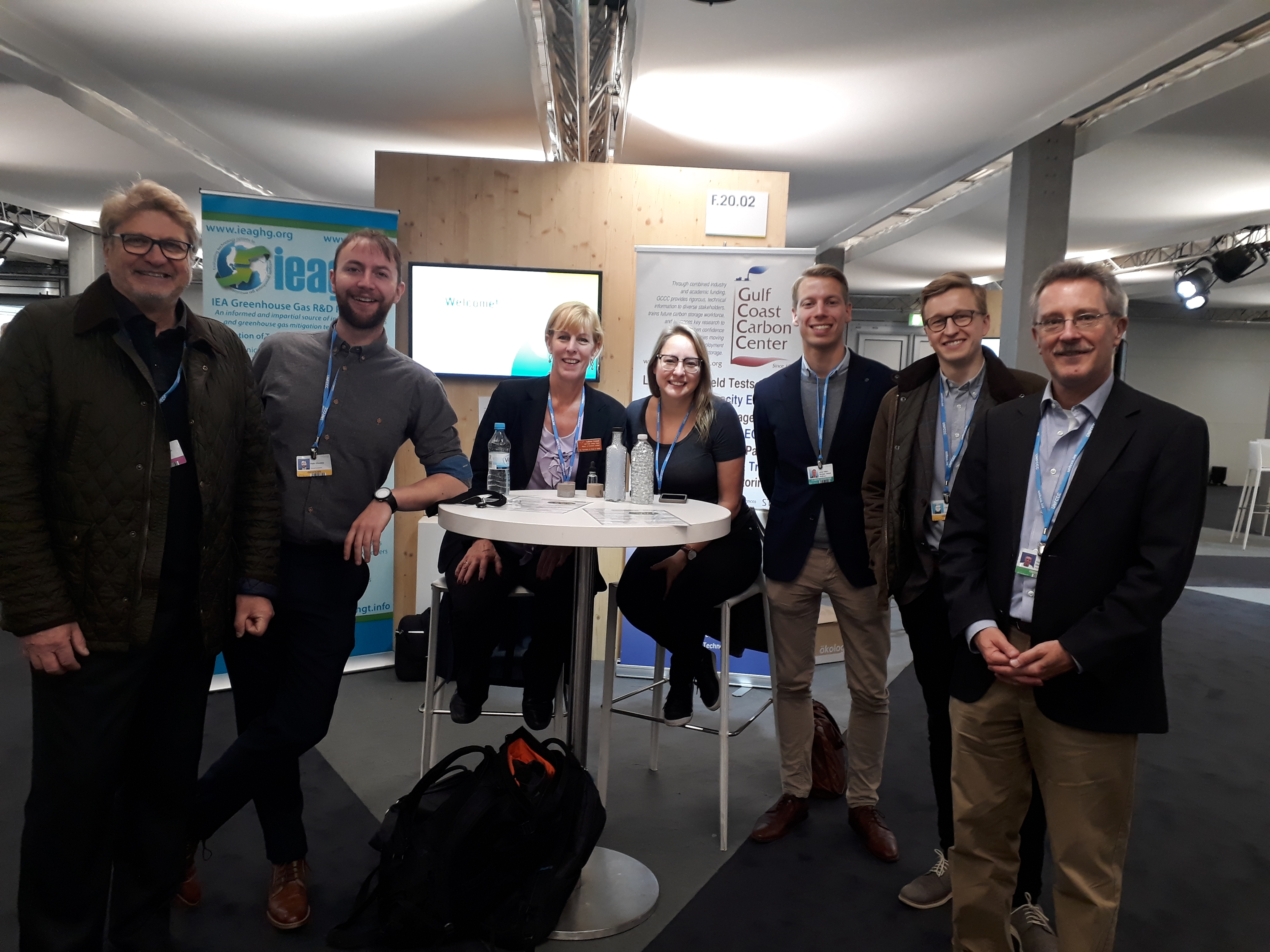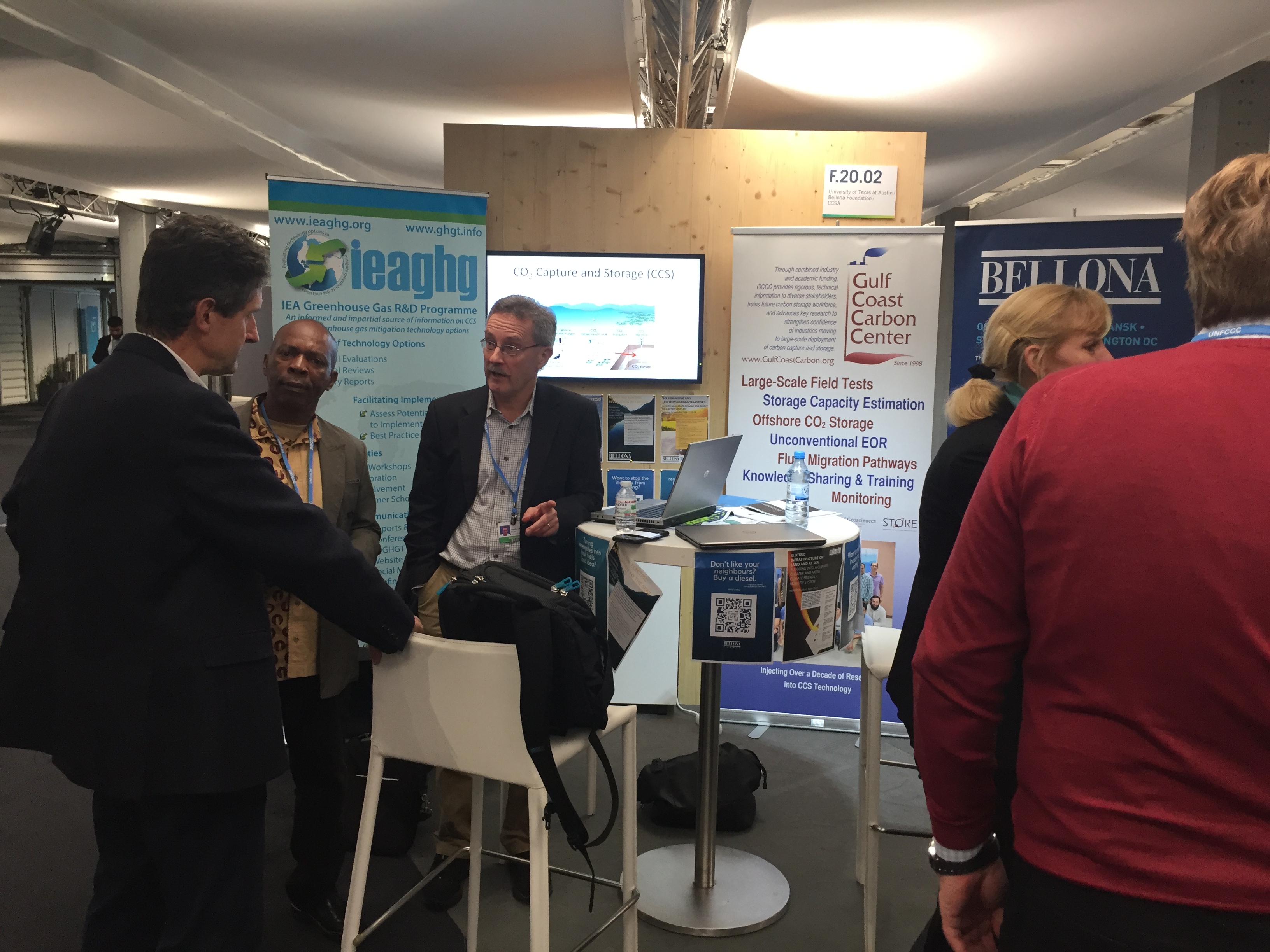 On Saturday we reached the end of the first week of COP-23, which is meeting in Bonn from 6 to 17 November. Whilst physically in Bonn, the formal host is Fiji, the first time a small island state has presided over a COP. Fiji asked that a focus of this COP to be on oceans, and we responded in our UNFCCC Side-event on the 7th November (see earlier blog).
On Saturday we reached the end of the first week of COP-23, which is meeting in Bonn from 6 to 17 November. Whilst physically in Bonn, the formal host is Fiji, the first time a small island state has presided over a COP. Fiji asked that a focus of this COP to be on oceans, and we responded in our UNFCCC Side-event on the 7th November (see earlier blog).
The focus of the negotiations at COP-23 is to make progress on the implementation of the Paris Agreement ready for the post 2020 climate regime. The adoption of an implementation ‘rulebook’ for the Paris Agreement is due to be completed at COP-24 in 2018. A ‘facilitated dialogue’ is being prepared to undertake a stocktake of progress and pledges at COP-24 also. At half way through COP, the process ‘stocktake’ by the presidency concluded there was progress in most areas needed. We are particularly interested in the technology aspects (under Article 10 of the Paris Agreement) and we await to see the outputs of these. There appears to be technology neutrality and encouragement of collaborative R,D&D in the discussions (which encourages our activities) as well as links to funding mechanisms. A draft ‘technology framework’ may be presented at SBSTA-48 in April 2018.
The COP is split into two sites, one for negotiations and one for side events and exhibits. There is concern that this separation reduces the ability of the side events to inform  negotiators with the latest science and developments, the logistics are not conducive to moving between meetings in different zones (I found hiring a bike or the electric taxis to be the fastest way). However at our UNFCCC Side-event we were fortunate to attract a healthy number of country delegates.
negotiators with the latest science and developments, the logistics are not conducive to moving between meetings in different zones (I found hiring a bike or the electric taxis to be the fastest way). However at our UNFCCC Side-event we were fortunate to attract a healthy number of country delegates.
In the other side events, there were several that I saw around encouragement of a move away from coal. Their messages on whether abated or unabated coal seem confused at times. I saw one of these criticise CCS as too expensive and as having a smaller role in achieving 1.5C, which is different to what is shown in IEA’s ETP 2017 scenario which I pointed out.
Also of note was the unofficial American pavilion, which brought in several Senators, City Mayors and business leaders such as from Microsoft, Mars and Walmart.
In the first week there were several other side events on CCS as well as our UNFCCC Side-event. An interesting one was held in the China Pavilion on the 8th, organised by NDRC, GCCSI and ADB. Several speakers presented China’s CCUS outlook. China plans to have CCUS contributing 10-15% of its emissions reductions by 2050. It was suggested that capturing CO2 from coal chemical plant is a cost effective way for China to deploy large scale CCS projects. China is also preparing for implementation of two large-scale integrated CCS projects in coal-fired power plant. Five CO2-EOR projects are underway to test the efficiency of CO2 flooding in China, and EOR could be a driver for CCUS in China. Presentations also included updates from the IEA, Norway, UK and the International CCS Knowledge Centre. This was well attended, maybe around 50 attendees.

I also followed updates from the CTCN and the Green Climate Fund. CCS is an eligible technology under both.
Despite the grey and wet weather outside, there was a warm atmosphere of hard work inside COP-23. We will see what progress is made under all the negotiation streams towards the implementation of the Paris Agreement.



